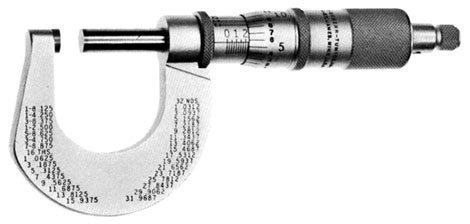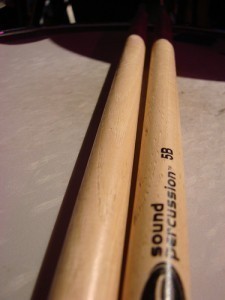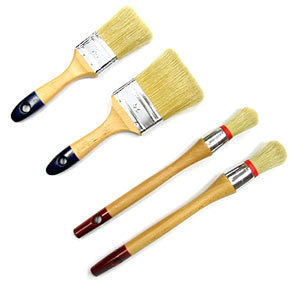Emerald Sizes
Legend has it that if you doubt the truth of what has been told you,  place a piece of emerald stone under your tongue and concentrate on the information that you have been given. The truth will then reveal itself in the form of a very strong feeling. Call it intuition if you may, but this instinctive ability to acquire knowledge without the use of rational processes is considered in some ancient cultures as one of the mysterious powers that can be imparted by emerald gemstones.
place a piece of emerald stone under your tongue and concentrate on the information that you have been given. The truth will then reveal itself in the form of a very strong feeling. Call it intuition if you may, but this instinctive ability to acquire knowledge without the use of rational processes is considered in some ancient cultures as one of the mysterious powers that can be imparted by emerald gemstones.
Indeed, because of its purity, the emerald is believed to reveal truth and uncloak lies, deceits and illusions. The belief was so strong that regardless of emerald sizes, these gemstones were said to impart the power of clairvoyance, improve memory and promote success to their owners and are most effective when worn over the heart as a pendant, on the little finger as a ring or on the dominant hand as a bracelet. These magnificent green gems were highly prized by the ancient Egyptians who mined these as early as 3000 to 1500 BC in the so-called “Cleopatra’s Mines” because this famous last Egyptian Pharaoh was known to have prized emeralds more than any other precious stone.
Emeralds which derives from the Greek word “smaragdos,” which means “green,” are actually beryllium-aluminum silicates with a hardness rating of 7.5 to 8. Their chromium and vanadium traces impart the fascinating color, which range from light to deep green hues. Emerald sizes and color are the most important factors that determine the value of these gemstones. Emerald sizes of over 10 carats are extremely difficult to come by these days. Many of these are either lodged inside vaults and safety deposit boxes of the elite or displayed in museums.
In fact, even emeralds of over 3 carats are considered rare and available only to those who can afford to pay the hefty price tag. While these green gems are valuable at any size, the price significantly decreases for emerald sizes of less than half a carat. By and large, emeralds are sold in the wholesale gem market on a per carat basis. The rarity of large gemstones accounts for the exponential relationship between the size of individual gemstones and their price. To cite and example, if a 1-carat emerald costs $1000, a 4-carat stone of the same quality will not fetch $4000, but may instead command a higher price of say, $1,500 per carat for a total price tag of $6000 because of the rarity of the larger emerald compare to the smaller stone.





